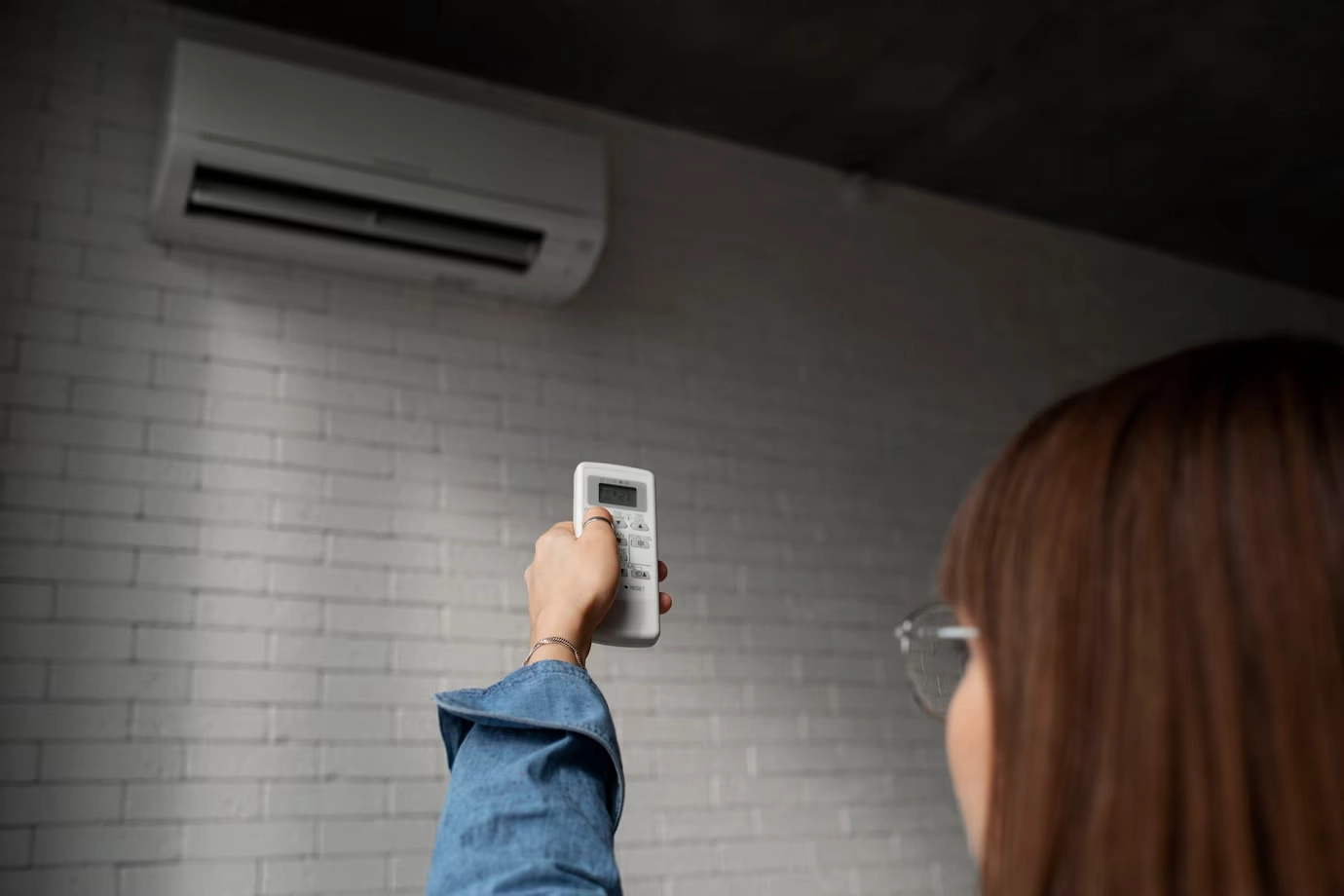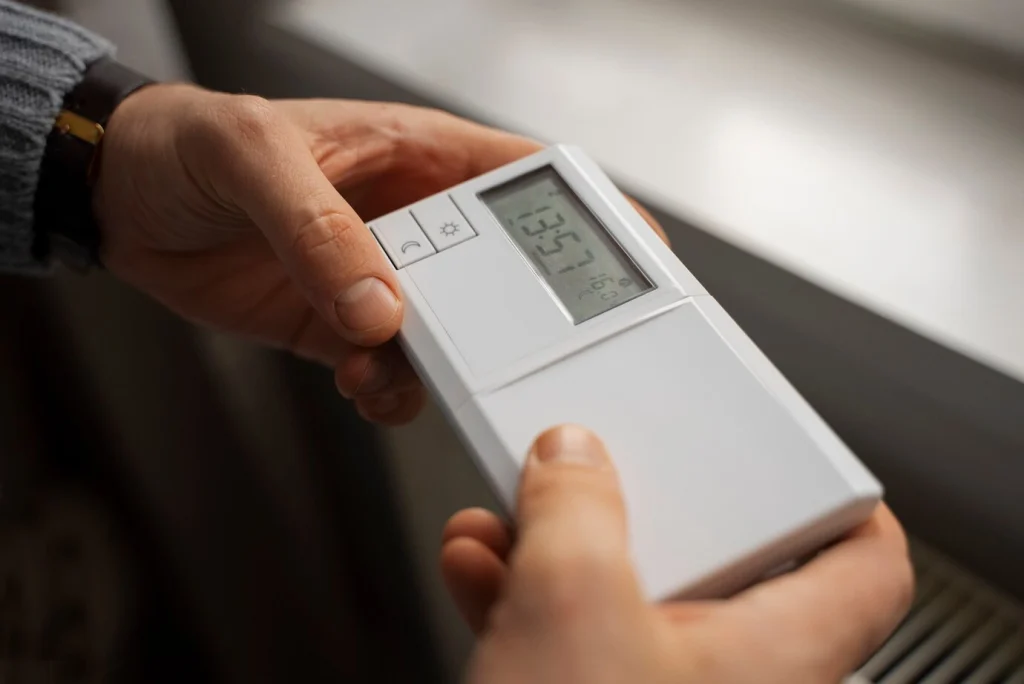Understanding the various operational modes of your air conditioning unit can significantly enhance your comfort and energy efficiency. One such mode, often overlooked yet highly beneficial, is dry mode. This feature plays a crucial role in controlling humidity levels indoors, offering distinct advantages in certain climates and conditions. In this blog post, we’ll explore what is dry mode on AC units, how it works, its benefits, and when to utilize it effectively.
What is Dry Mode on AC?
Dry mode, also known as dehumidification mode, is a feature found in many modern air conditioning units. Unlike the standard cooling mode, which primarily focuses on lowering the temperature, dry mode is specifically designed to reduce humidity levels in the air. By doing so, it helps create a more comfortable atmosphere by eliminating that sticky, clammy feeling associated with high humidity.
How Does Dry Mode Work?
In dry mode, the AC unit operates by intermittently turning on and off its compressor. When the compressor is on, it cools the air as usual, but instead of continuously running to lower the temperature, it cycles off periodically. During these off cycles, the fan continues to circulate air through the evaporator coil. This process allows the air conditioner to remove excess moisture from the air without overcooling the room.
The key to dry mode’s effectiveness lies in its ability to balance humidity levels without significantly altering the indoor temperature. By reducing humidity, it helps prevent mold and mildew growth, enhances indoor air quality, and improves overall comfort.
Benefits of Using Dry Mode on AC
Grasping the benefits of dry mode on your air conditioning unit can help you make informed decisions about when to utilize this feature effectively. By controlling humidity levels indoors, dry mode offers several advantages:
1. Enhanced Comfort
Dry mode significantly reduces humidity, which alleviates the discomfort associated with sticky, clammy air. This creates a more pleasant and refreshing indoor environment, especially during humid weather.
2. Improved Energy Efficiency
Unlike standard cooling mode, which runs continuously to lower temperatures, dry mode operates by intermittently cycling the compressor. This lessens energy consumption while still maintaining comfortable humidity levels, leading to greater energy efficiency.
3. Better Indoor Air Quality
By controlling humidity, dry mode helps prevent the growth of mold, mildew, and dust mites. This contributes to enhanced indoor air quality and decreases allergens, promoting a healthier living environment.
4. Condensation Prevention
In areas susceptible to moisture accumulation, such as bathrooms and basements, dry mode assists prevent condensation on windows and walls. This minimizes the risk of water damage and preserves the integrity of your home’s structure.
5. Ideal for Specific Conditions
Dry mode is particularly beneficial during transitional seasons when humidity levels fluctuate or in regions with high humidity. It’s also useful in rooms with poor ventilation or where moisture control is essential, ensuring optimal comfort and protection against humidity-related issues.
When to Use Dry Mode
Understanding when to use dry mode depends largely on your climate, indoor conditions, and personal comfort preferences. Here are some scenarios where dry mode can be particularly beneficial:
• During Humid Weather
In regions prone to high humidity, such as coastal areas or during the rainy season, using dry mode helps reduce moisture levels indoors. This not only enhances comfort by eliminating that sticky feeling but also prevents mold and mildew growth.
• In Transitional Seasons
During spring and fall, when temperatures fluctuate and humidity levels vary, dry mode can aid in stabilizing indoor conditions. It prevents excessive moisture buildup without overcooling the room, making it a practical choice for maintaining a balanced indoor environment.
• In Rooms with Poor Ventilation
Spaces like bathrooms, laundry rooms, or basements often lack adequate ventilation, leading to higher humidity levels. Activating dry mode in these areas helps control moisture accumulation, minimizing the risk of mold and preserving the structural integrity of your home.
• For Allergy and Asthma Management
Reducing humidity with dry mode can benefit individuals with allergies or respiratory issues. By inhibiting mold, dust mites, and other allergens that thrive in humid environments, it helps maintain a healthier indoor environment.
• During Nighttime Operation
Using dry mode at night can be beneficial, especially if you prefer a cooler sleeping environment without the discomfort of high humidity. It provides a balance between cooling and moisture control, promoting better sleep quality.
• After Rain or Water Intrusion
Following rain showers or incidents of water intrusion, activating dry mode can aid in drying out damp areas quickly. This helps prevent water damage and mitigates the potential for mold growth, ensuring your home remains dry and safe.
Frequently Asked Questions
Can dry mode replace a dehumidifier?
Dry mode on AC units assists in lowering humidity levels by cycling the compressor on and off. It’s effective in moderate humidity, but for very humid conditions or large areas, a dedicated dehumidifier with higher capacity may be more effective.
Will using dry mode make the room feel colder?
No, using dry mode does not aim to make the room colder like traditional cooling modes. Instead, dry mode primarily functions to reduce humidity levels. While it may create a more comfortable atmosphere by removing excess moisture, it does not produce a significant cooling effect on the air temperature.
Does dry mode consume less energy than cooling mode?
Yes, dry mode generally consumes less energy than traditional cooling modes on air conditioners. In cooling mode, the AC continuously runs the compressor to cool the air, which consumes more energy. In contrast, dry mode cycles the compressor on and off intermittently to maintain desired humidity levels without focusing solely on temperature reduction.
Conclusion
Understanding what is dry mode on AC units empowers you to optimize your air conditioner’s performance for greater comfort and energy efficiency. Whether you’re battling high humidity or looking to save on energy costs, utilizing dry mode can enhance your indoor environment. For expert advice on AC installation, maintenance, or repairs, contact Tropic Air to ensure your system operates at peak performance year-round. Schedule an appointment now!





